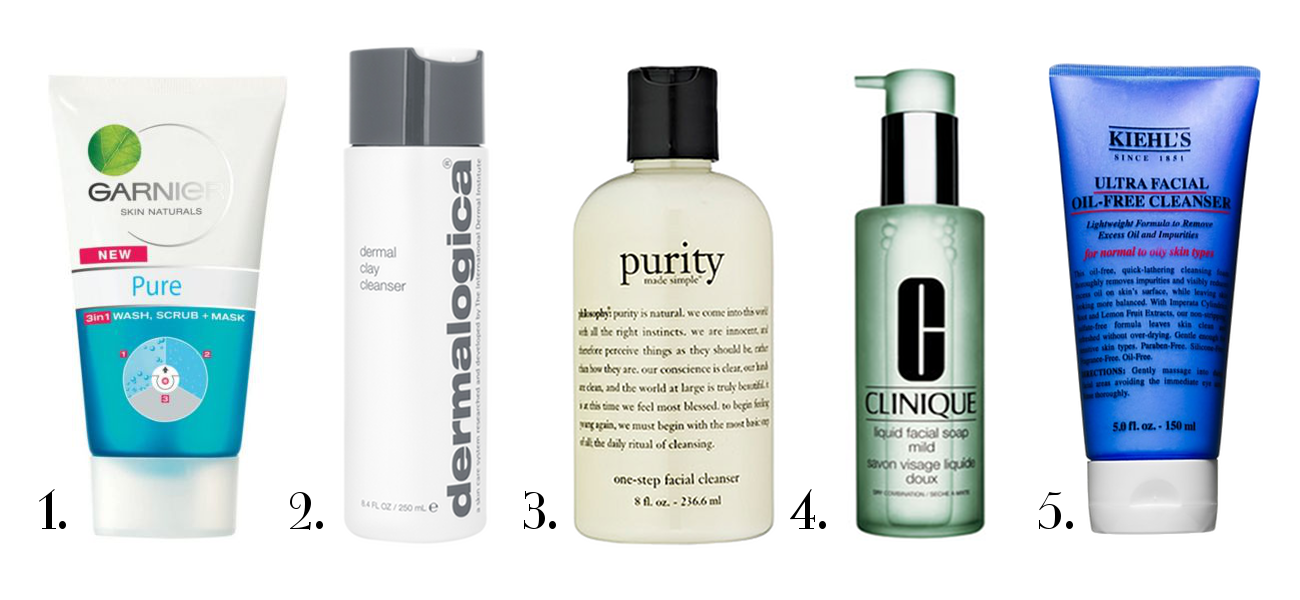The term cleanser refers to a product that cleans or removes dirt or supplementary substances. A cleanser could be a detergent, and there are many types of cleansers that are produced taking into account a specific set sights on or focus. For instance a degreaser or carburetor cleanser used in automotive mechanics for cleaning sure engine and car parts.
Other varieties tote up the ones used in cosmetology and dermatology or skin care. In this case, a cleanser is a facial care product that is used to sever make-up, dead skin cells, oil, dirt, and other types of pollutants from the skin of the face. This helps to unclog pores and prevent skin conditions such as acne. A cleanser is the first step in a skin care regimen and can be used in complement of a toner and moisturizer, like cleansing.
Using a cleanser designated for the facial skin to surgically remove dirt is considered to be a augmented stand-in to bar soap or unorthodox form of skin cleanser not specifically formulated for the point for the with reasons:
Bar soap has an alkaline pH (in the place of 9 to 10), and the skin's surface pH is on average 4.7. This means that soap can modify the credit present in the skin to favor the overgrowth of some types of bacteria, increasing acne. In order to preserve a healthy pH version and skin health, your skin must sit upon the proper pH level.
Bar cleansers have thickeners that allow them to recognize a bar shape. These thickeners can clog pores, leading to acne.
Using bar soap on the slant can surgically remove natural oils from the skin that form a barrier neighboring water loss. This causes the sebaceous glands to in imitation of overproduce oil, a condition known as reactive seborrhoea, which will lead to clogged pores. In order to prevent drying out the skin, many cleansers incorporate moisturizers.
Neutrogena Deep Clean Facial Cleanser 200mL BIG W
Skin Care 101 Blog: Facial Cleansers for Oily Skin
Holiday Gifting Guide 2016: 10 Beauty Gifts You Cannot Resist but Buy Them All ChameleonJohn Blog




